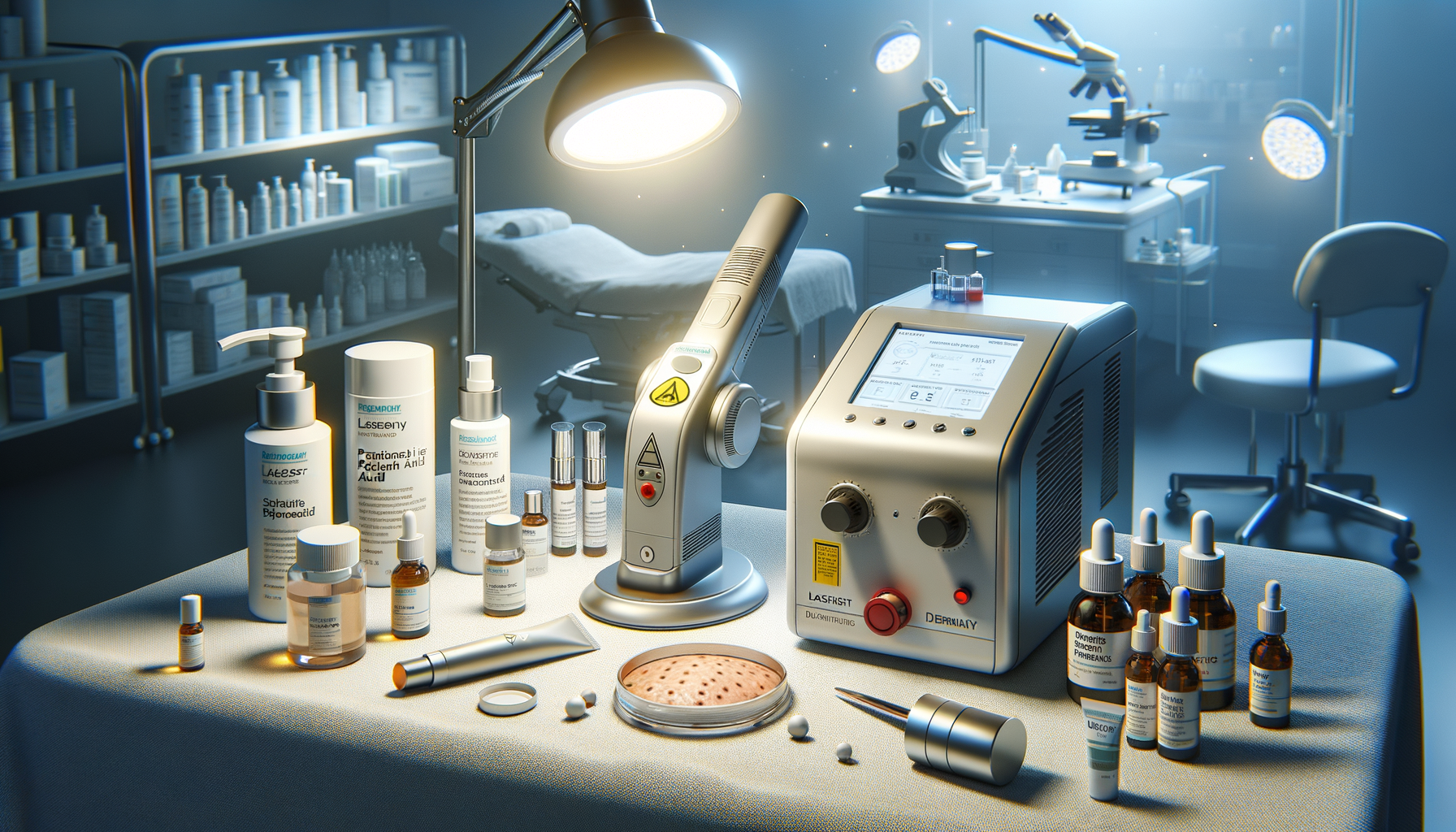Understanding Scars and Acne
Scars and acne are common skin concerns that affect millions of people worldwide. Acne, a condition characterized by pimples, blackheads, and cysts, often leaves behind scars that can be emotionally and physically distressing. Understanding the root causes of acne is crucial in addressing both the acne itself and the scars it leaves behind. Acne occurs when hair follicles become clogged with oil and dead skin cells, leading to inflammation and sometimes infection.
Scars form as a natural part of the healing process when the skin repairs itself after an injury. In the case of acne, the inflammation can damage the skin’s collagen, resulting in scar tissue. These scars can vary in appearance, from shallow depressions to deep pits, and can be classified into different types such as ice pick, boxcar, and rolling scars. Each type presents unique challenges in treatment.
Effective treatment of acne and scars begins with a comprehensive understanding of the individual’s skin type and the specific characteristics of their acne and scars. This personalized approach ensures that the treatment plan is tailored to the individual’s needs, leading to more effective outcomes. By addressing both the acne and the resulting scars, individuals can achieve clearer, healthier skin.
Non-Invasive Treatments for Acne and Scars
Non-invasive treatments have gained popularity due to their effectiveness and minimal downtime. These treatments include topical treatments, chemical peels, and laser therapies. Topical treatments often involve the use of retinoids, which are derivatives of vitamin A. Retinoids help to unclog pores, reduce inflammation, and promote cell turnover, making them effective for both acne and scars.
Chemical peels use a chemical solution to exfoliate the skin, removing dead skin cells and promoting the growth of new, healthy skin. This treatment can improve the appearance of shallow scars and enhance skin texture. Depending on the severity of the scars, different strengths of chemical peels can be used, ranging from mild to deep peels.
Laser therapies, such as fractional laser treatment, are another non-invasive option. These treatments use focused light to target and break down scar tissue while stimulating collagen production. This promotes the regeneration of healthy skin and can significantly reduce the appearance of scars over time. Laser treatments are often praised for their precision and ability to target specific areas without affecting the surrounding skin.
When considering non-invasive treatments, it is essential to consult with a dermatologist to determine the most suitable option based on skin type and scar severity. These treatments offer promising results for many individuals seeking to reduce the visibility of acne and scars.
Invasive Treatments and Their Efficacy
Invasive treatments for acne and scars are typically considered when non-invasive methods are insufficient. These options include dermabrasion, microneedling, and surgical scar revision. Dermabrasion involves the use of a rotating instrument to remove the outer layers of skin, which can be effective for deep scars. This treatment requires a longer recovery period but can yield significant improvements in skin texture and appearance.
Microneedling, also known as collagen induction therapy, involves the use of fine needles to create tiny punctures in the skin. This process stimulates the body’s natural healing response, promoting collagen and elastin production. Microneedling is effective for reducing the appearance of acne scars and improving overall skin texture. It is often combined with topical treatments to enhance results.
Surgical scar revision is a more intensive option for severe scars. This procedure involves the removal of scar tissue and may include techniques such as punch excision or subcision. Surgical intervention is typically reserved for the most challenging cases, where other treatments have not provided satisfactory results.
While invasive treatments can offer dramatic improvements, they also come with increased risks and potential for side effects. It is crucial to have a thorough discussion with a qualified dermatologist or plastic surgeon to understand the benefits and risks associated with these procedures. Ultimately, the choice of treatment should align with the individual’s goals and expectations for their skin.




Leave a Reply